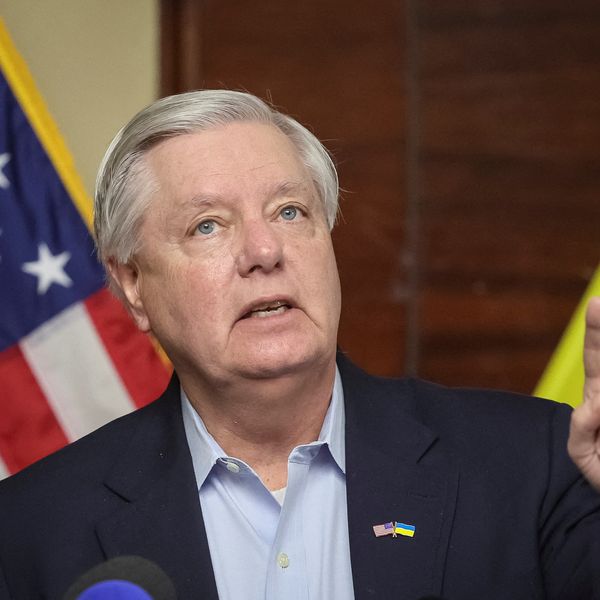After more than a year in office, Joe Biden may finally take action on police militarization. A leaked draft of an executive order obtained by The Federalist contains a provision that would place restrictions on the federal government’s provision of military equipment to state and local police. Some powerful police interest groups have already publicly expressed opposition to the prospective measure.
Police unions successfully compelled the Biden White House to retract a similar measure a year ago. During the president’s first days in office, the White House announced that he would sign an executive order that would recall a range of military equipment acquired by police through federal channels. But after a successful lobbying effort by law enforcement interest groups, the order was never issued.
A similar lobbying effort appears to be in the works this time around, too, so there is a chance that Biden will once again cave to the whims of police interest groups. However, there is more pressure for Biden to act now than there was last January. Biden’s signature police reform bill, the Justice in Policing Act, passed the House in March but stalled out in the Senate. By September, negotiations over the bill had collapsed entirely.
With no prospect for legislative action, the bill’s lead negotiators, Sen. Cory Booker and Rep. Karen Bass, have called on Biden to resort to executive orders to ensure that key parts of the Act take effect — among them, a provision that would place strict restrictions on the Pentagon’s 1033 program. Local police forces have acquired at least $1.8 billion worth of excess military equipment through the 1033 program since its inception during the War on Drugs. This influx of combat gear to local communities has contributed to increased police violence and inflated law enforcement budgets.
On its surface, the leaked draft of the executive order suggests Biden is ready to strike a major blow to this harmful program. The section related to police militarization lists about a dozen types of weapons that would be prohibited. The problem, however, is that the list of military gear is largely redundant. Most of the combat gear the executive order prohibits is prohibited already. Several items on the list have been transferred to police relatively rarely, while others haven't been leased to police through the 1033 program at all.
If the executive order is issued as is, its biggest contribution would be its prohibition on the transfer of military vehicles. Nearly 5,000 military-grade vehicles worth over $1 billion are currently leased out to police through the 1033 program. Banning this class of armament would initiate a country-wide recall, a significant step toward demilitarizing local communities.
However, the draft executive order includes a key loophole. Police could retain the military vehicles if they claim that they will be used “exclusively for disaster-related emergency preparedness or relief.” The executive order does not include any provisions that would ensure that this condition can actually be enforced, and the Pentagon, which runs the 1033 program, lacks the oversight capacity to effectively monitor the uses to which these vehicles may actually be put. Enforcing this restriction would require a transfer of oversight responsibility from the Pentagon to an agency more capable of monitoring state and local police, like the Department of Justice, which is far better positioned to monitor and evaluate the use and impact of military-grade equipment by police. By contrast, the Department of Defense is an inappropriate institution to liaise with local police. It is also ill-equipped to determine what is and isn’t suitable behavior by law enforcement.
Even if the vehicular restriction could be fully enforced, the Pentagon-to-police pipeline would still be chock-full of combat gear. Biden’s executive order omits the most popular matériel — particularly weapons — transferred from the Pentagon to police under the 1033 program. Close to 70,000 firearms, including 57,494 assault rifles, are on loan to police from the Pentagon according to Department of Defense data. In addition, high-value military equipment, such as airplanes and helicopters, would still be eligible for transfer. The Pentagon has already loaned more than $200 million worth of aircraft to the police.
Biden should amend the executive order so it offers a comprehensive ban on the federal government’s role in militarizing state and local police. Polling suggests doing so would be popular among the public, and empirical evidence suggests it would make communities safer. Since Congress failed to address the issue of police militarization in 2021, it is incumbent on Biden to do so as soon as possible.














